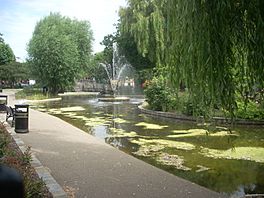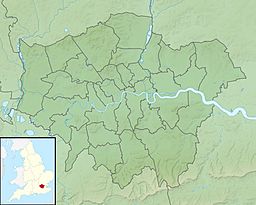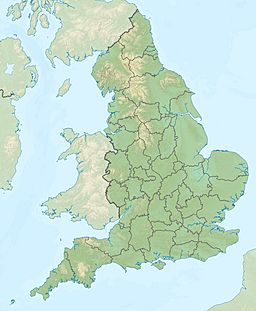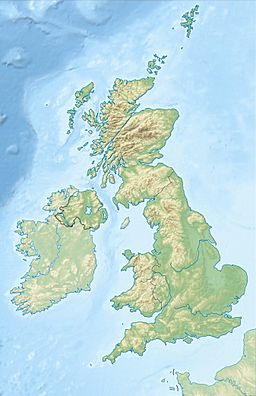Clapton Pond facts for kids
Quick facts for kids Clapton Pond |
|
|---|---|

Clapton Pond from the South West corner.
|
|
| Location | Clapton, London |
| Coordinates | 51°33′22″N 0°03′18″W / 51.5561°N 0.0550°W |
| Type | pond |
Clapton Pond is a lovely pond and garden located in Clapton, which is part of the London Borough of Hackney. It's a peaceful spot that has been important to the local community for a very long time.
The name 'Clapton' comes from old English words. 'Clop' means a lump or hill, and 'ton' means a farm. So, Clapton basically means 'farm on the hill'.
Contents
A Look Back: Clapton Pond's History
For many centuries, the land around Clapton Pond belonged to the Bishops of London. Farmers rented this land and grew hay and food. This food was then sent to the big city of London.
How Clapton Pond Was Used
The villages of Lower and Upper Clapton were on either side of Clapton Lane. This lane later became the Lower and Upper Clapton Roads we know today. Clapton Pond was located right in the middle of these two villages.
The pond was naturally fed by a spring. This fresh water was super important! Farmers used it to water their crops and to give water to their animals. It was a vital resource for the farming community.
Clapton Grows Up
By the late 1700s, Clapton became a very popular place to live. Many rich London merchants built beautiful country houses there. Also, communities like the Huguenots and Jewish people moved into the area. Their arrival helped Clapton become a busy and successful neighbourhood.
In the 1800s, Clapton changed a lot. It went from a quiet farming area to a lively London suburb. Many of the grand old houses were taken down to make space for new homes. This growth sped up even more when the Clapton railway station opened in 1872. The arrival of tramways also made it easier for people to travel. By the 1890s, many new houses were built on roads like Thistlewaite, Newick, Mildenhall, and Millfields. These homes were much needed for all the new people moving in.
Clapton Pond's Special Buildings
Even though Clapton became less wealthy in the 1920s and 1930s, Clapton Pond was at its most beautiful during the first half of the 1900s. It was the perfect setting for some really unique buildings located just behind the pond.
- Bishop Wood's Almshouses: These buildings date back to the 1600s.
- Pond House: This house was built in the late 1700s.
- Two Mid-1700s Houses: There are also two other houses from the mid-1700s.
These historic buildings add a lot of charm and character to the area around the pond.
A Community Gathering Place
Clapton Pond and its gardens have always been a central spot for the people of Clapton. From the first farmers who worked the land hundreds of years ago, to the diverse community living in Clapton today, everyone uses it.
Today, people use the pond for public events and as a relaxing place to chill out. It's a great example of how a natural space can bring people together.
Helping the Pond Stay Great
In recent years, a group called the Clapton Pond Neighbourhood Action Group has been working hard. Their goal is to make the pond even better and keep it looking fantastic for everyone to enjoy.
Images for kids





